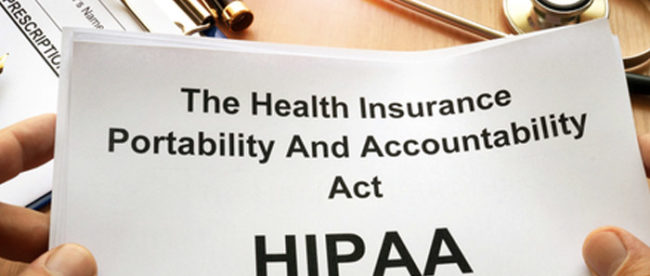Pacific Prime Things To Know Before You Buy
Pacific Prime Things To Know Before You Buy
Blog Article
What Does Pacific Prime Mean?
Table of ContentsPacific Prime for BeginnersThe 4-Minute Rule for Pacific PrimePacific Prime for BeginnersThe Facts About Pacific Prime UncoveredThe Only Guide to Pacific Prime

This is due to the fact that the information were accumulated for a period of strong financial efficiency. Of the estimated 42 million individuals that were uninsured, all yet about 420,000 (regarding 1 percent) were under 65 years old, the age at which most Americans come to be eligible for Medicare; 32 million were adults in between ages 18 and 65, around 19 percent of all grownups in this age team; and 10 million were kids under 18 years of age, concerning 13.9 percent of all kids (Mills, 2000).
These estimates of the number of individuals without insurance are created from the annual March Supplement to the Present Populace Study (CPS), performed by the Demographics Bureau. Unless otherwise kept in mind, national quotes of people without wellness insurance and proportions of the population with various kinds of coverage are based on the CPS, the most commonly made use of resource of price quotes of insurance policy protection and uninsurance rates.
Pacific Prime Fundamentals Explained

Still, the CPS is especially helpful due to the fact that it generates yearly quotes fairly rapidly, reporting the previous year's insurance policy protection estimates each September, and because it is the basis for a regular set of quotes for greater than 20 years, permitting analysis of patterns in protection with time. For these factors, as well as the considerable use of the CPS in various other research studies of insurance protection that exist in this record, we depend on CPS price quotes, with restrictions noted.

The estimate of the variety of uninsured people expands when a populace's insurance policy status is tracked for numerous years. Over a three-year period starting early in 1993, 72 million people, 29 percent of the united state populace, were without insurance coverage for at least one month. Within a solitary year (1994 ), 53 million people experienced a minimum of a month without protection (Bennefield, 1998a)
Six out of every 10 uninsured adults are themselves employed. Although functioning does enhance the likelihood that and one's family members will have insurance, it is not a warranty. Also members of households with 2 full time breadwinner have practically a one-in-ten chance of being without insurance (9.1 percent uninsured rate) (Hoffman and Pohl, 2000).
Some Of Pacific Prime
New immigrants account for a significant percentage of people without health and wellness insurance coverage. One evaluation has attributed a substantial part of the current development in the dimension of the U.S. without insurance population to immigrants who got here in the nation between 1994 and 1998 (Camarota and Edwards, 2000). Current immigrants (those that came to the USA within the previous 4 years) do have a high rate of being uninsured (46 percent), yet they and their children represent simply 6 percent of those without insurance coverage nationally (Holahan et al., 2001).
The connection in between health and wellness insurance policy and accessibility to care is well developed, as documented later on in this phase. Although the partnership in between health insurance and health results is neither straight neither basic, a considerable scientific and wellness solutions research study literature links health insurance coverage to enhanced access to care, much better top quality, and enhanced individual and populace wellness standing.
Degrees of evaluation for analyzing the impacts of uninsurance. This discussion of medical insurance protection focuses mainly on the U.S. population under age 65 since essentially all Americans 65 and older have Medicare or various other public coverage. It focuses specifically on those without any wellness insurance for any length of time.
A Biased View of Pacific Prime
The problems dealt with by the underinsured are in some aspects comparable to those faced by the without insurance, although they are normally less extreme. Wellness insurance policy, however, is neither essential neither adequate to obtain accessibility to clinical services. The independent and direct result of wellness insurance policy protection on access to health solutions is well established.
Others will acquire the healthcare they need also without medical insurance, by paying for it out of pocket or seeking it from companies that offer treatment cost-free or at highly subsidized rates. For still others, wellness insurance coverage alone does not make sure invoice of care due to various other nonfinancial obstacles, such as an absence of healthcare service providers in their community, restricted access to transport, Get More Info illiteracy, or etymological and cultural differences.
Excitement About Pacific Prime
Official study about uninsured populations in the United States dates to the late 1920s and early 1930s when the Committee on the Cost of Healthcare created a series of reports about financing doctor workplace visits and hospitalizations. This issue became significant as the varieties of clinically indigent climbed up during the Great Anxiety.
Report this page